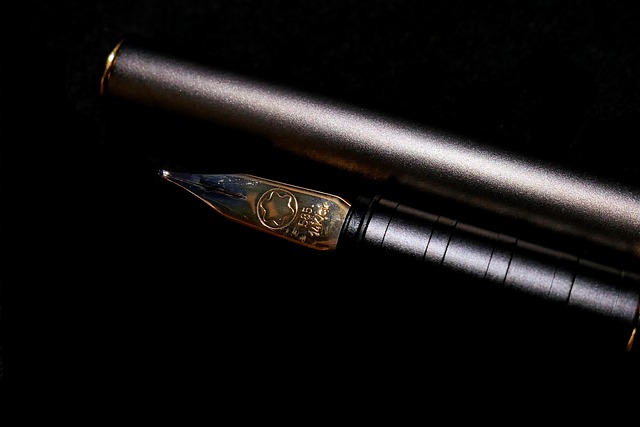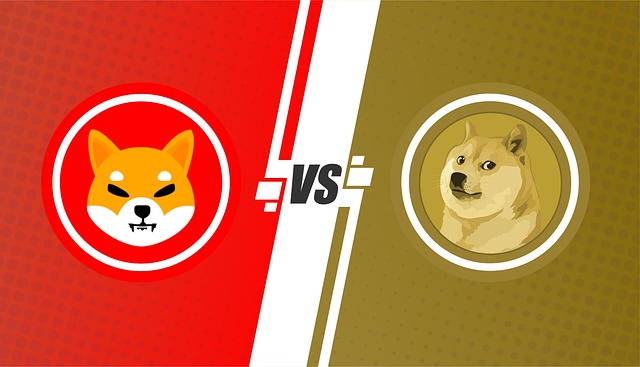Botox and dermal fillers are top anti-aging treatments for facial lifting, each with unique benefits. Botox, derived from bacteria, temporarily paralyzes muscles to reduce dynamic wrinkles (3-6 months duration), while dermal fillers add volume by injecting substances like hyaluronic acid or collagen for longer-lasting results (up to several years). The choice depends on individual goals: Botox is ideal for subtle enhancements and preventing future wrinkling, whereas dermal fillers are game-changers for significant volume boosts. Both can be used synergistically for optimal rejuvenation based on personal needs and skin characteristics.
“Uncover the secrets to achieving a youthful glow with Botox, a powerful tool in facial lifting. This comprehensive guide delves into the science behind Botox and its mechanism of action, comparing it to dermal fillers for optimal face lift results. From candidate selection to procedure insights and potential risks, we explore what makes Botox a popular choice.
Learn the key differences between Botox and dermal fillers, and discover advantages and disadvantages in their use for facial rejuvenation. Optimize your skincare journey by understanding these treatments, and decide if Botox vs dermal fillers is the right approach for you.”
Understanding Botox and Its Mechanism of Action

Botox, a protein derived from bacteria, has become a popular choice for facial lifting treatments. Its mechanism of action involves blocking nerve signals to specific muscles, which reduces their contraction and prevents dynamic wrinkles from forming. Unlike dermal fillers that add volume to the skin, Botox works by relaxing the muscles beneath the surface, giving the appearance of a more youthful face. This non-surgical procedure offers a temporary yet effective solution for fine lines and wrinkles, providing a smooth and refined complexion.
When considering Botox vs dermal fillers, it’s essential to understand their distinct roles in cosmetic enhancement. While dermal fillers provide instant volume and lift by injecting hyaluronic acid or other substances into the skin, Botox targets specific muscles to prevent future wrinkling. The choice between the two depends on an individual’s goals and needs, with Botox being ideal for preventing dynamic wrinkles and dermal fillers suitable for restoring lost volume and enhancing facial contours.
The Role of Dermal Fillers in Facial Rejuvenation

In the realm of facial rejuvenation, Botox and dermal fillers are two prominent treatments often compared for their effectiveness in combating signs of aging. While both aim to restore a more youthful appearance, they operate on different levels. Botox, a neurotoxin, primarily targets muscles by temporarily paralyzing them, reducing the depth of expression lines and preventing new wrinkles from forming. On the other hand, dermal fillers are substances injected into the skin to add volume and enhance facial contours. They plump up areas like cheeks and lips, smoothing out rough textures and improving overall facial symmetry.
When considering Botox vs dermal fillers, the choice often depends on individual goals and skin types. Botox is ideal for fine lines and dynamic wrinkles caused by muscle movement, offering a more natural result. Dermal fillers, however, are game-changers for patients seeking substantial volume enhancement and a more dramatic, instant lift. Both treatments have their advantages and can complement each other, providing a comprehensive approach to facial rejuvenation.
Key Differences Between Botox and Dermal Fillers

Botox and dermal fillers are both popular cosmetic treatments, but they offer distinct approaches to achieving youthful-looking skin. The key differences lie in their mechanisms and effects. Botox, a protein derived from bacteria, temporarily paralyzes muscles by blocking nerve signals, reducing dynamic wrinkles caused by facial movements like frowning or smiling. This results in a smoother appearance, but the effect wears off over several months, typically 3 to 6.
On the other hand, dermal fillers enhance facial contours by injecting a substance into the skin to add volume and lift. These fillers are made of materials like hyaluronic acid, collagen, or synthetic substances, which integrate into the skin over time. Unlike Botox, their effects can last for several years, depending on the specific filler used. This makes dermal fillers a more permanent solution for facial lifting, but they may not be suitable for addressing dynamic wrinkles as effectively as Botox.
Candidate Selection for Botox Treatment

When considering Botox for facial lifting, understanding candidate selection is key. This non-invasive procedure is ideal for individuals seeking to reduce the appearance of fine lines and wrinkles, especially around the eyes and forehead. A good candidate is typically someone with mild to moderate cosmetic concerns who wants a natural lift without major surgery. It’s important to note that Botox works best on dynamic lines caused by muscle movement, rather than static lines resulting from volume loss or skin laxity.
Unlike dermal fillers, which add volume to the skin, Botox relaxes specific muscles, smoothing out wrinkles. Candidate selection for Botox treatment involves a thorough consultation with a dermatologist or aesthetic specialist. During this consultation, medical history will be reviewed, and facial analysis performed to determine the best injection points. It’s crucial to discuss expectations and potential side effects openly, as well as understand that multiple treatments may be required for optimal results.
The Procedure: What to Expect During a Botox Session

When considering Botox for facial lifting, understanding what to expect during a session is crucial. Unlike dermal fillers, which are injected into the skin to add volume and plump up areas like cheeks or lips, Botox works by relaxing muscles that cause wrinkles. During a typical Botox session, a healthcare provider will thoroughly clean your face and apply a numbing cream to minimize any discomfort. They’ll then use fine needles to inject Botox into specific muscle groups, focusing on areas like the forehead, crow’s feet around the eyes, and frown lines between the eyebrows. The procedure is generally quick, taking only 15-30 minutes, and many people experience minimal downtime afterwards.
Unlike dermal fillers that provide immediate results, the effects of Botox take a few days to kick in and reach their maximum potential. You can expect to see a noticeable reduction in dynamic wrinkles, giving your face a more relaxed and rejuvenated appearance. It’s important to remember that Botox is not a permanent solution; its effects typically last between 3-6 months, after which the treatment may need to be repeated for continued results. In comparison to dermal fillers, which offer longer-lasting results, Botox offers a milder approach to facial lifting, making it a preferred choice for those seeking subtle enhancements.
Potential Benefits and Risks of Botox for Facial Lifting

Botox and dermal fillers are both popular non-surgical cosmetic procedures, but they offer distinct advantages and potential drawbacks for facial lifting. Botox, a neurotoxin derived from bacteria, is primarily known for its ability to temporarily paralyze muscles, reducing dynamic wrinkle formation, especially around the eyes and mouth. When used for facial lifting, it can smooth out fine lines and crow’s feet, providing a more youthful appearance without altering facial expression.
However, Botox isn’t suitable for everyone or every area of the face. It’s crucial to understand that results are temporary, typically lasting 3-6 months, requiring regular treatments. Risks include bruising, swelling, headaches, and in rare cases, muscle weakness on the treated side of the face. Moreover, it may not be effective for deeper wrinkles or areas that require significant volume restoration, where dermal fillers excel. Dermal fillers, made from hyaluronic acid or other substances, enhance facial contours by adding volume to specific areas, reducing the appearance of deep wrinkles and enhancing overall facial structure. While they offer more immediate results than Botox, filler injections carry their own set of potential risks, such as asymmetry, lump formation, and reactions at the injection site.
Comparatively Speaking: Advantages and Disadvantages of Botox vs Dermal Fillers

When considering facial lifting procedures, understanding the nuances between Botox and dermal fillers is essential. Both are popular choices for anti-aging treatments, but they work differently and offer distinct advantages and disadvantages.
Botox is a neurotoxin that temporarily paralyzes muscles, reducing the appearance of fine lines and wrinkles. Its main advantage lies in its ability to prevent dynamic wrinkling caused by facial expressions. It’s ideal for specific areas like the forehead, crow’s feet, and frown lines. However, Botox results are not as long-lasting as dermal fillers, typically lasting 3-6 months, requiring regular treatments for maintenance. On the other hand, dermal fillers enhance volume loss associated with aging by injecting a substance beneath the skin to add back moisture and elasticity. They offer more immediate, visible results and can last from 6 months to several years, depending on the type of filler used. Dermal fillers are versatile and suitable for addressing deeper wrinkles, hollowing, and enhancing facial contours. Yet, they may not be as effective in preventing future wrinkle formation as Botox.
